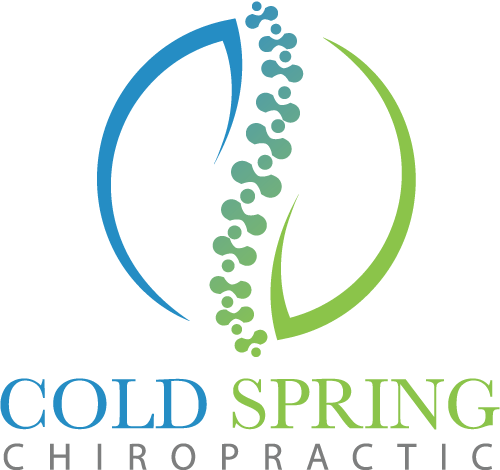Calf Strain
Posted on April 22, 2016A tear in the calf muscle, often referred to as a pulled calf, occurs when the muscle is stretched beyond its limit from sudden overloading of the muscles during speedwork, hill running or running on uneven trails. Symptoms can vary significantly but usually involve a sudden sharp pain at the back of the lower leg. The calf muscle will be tender to touch at the point of injury and swelling and bruising may appear within hours or days.
 Depending on the severity a calf injury is classified as a first, second or third degree strain. A first degree strain is damage to a few muscle fibers, where you may feel a twinge and tightness, and/or aches that can take up to 24 hours to develop. Second degree is more extensive damage, with sharp pain, even when walking afterwards. There may be swelling along with bruising. A third degree strain is a complete rupture of the muscle itself, making walking difficult with considerable swelling, bruising and pain. With a full rupture a gap in the muscle can be felt. A first degree, or grade 1, strain will not normally need professional treatment whereas grade 2 or 3 injuries, depending on their severity, may require more specialist treatment and rehabilitation advice from a sports injury professional.
Depending on the severity a calf injury is classified as a first, second or third degree strain. A first degree strain is damage to a few muscle fibers, where you may feel a twinge and tightness, and/or aches that can take up to 24 hours to develop. Second degree is more extensive damage, with sharp pain, even when walking afterwards. There may be swelling along with bruising. A third degree strain is a complete rupture of the muscle itself, making walking difficult with considerable swelling, bruising and pain. With a full rupture a gap in the muscle can be felt. A first degree, or grade 1, strain will not normally need professional treatment whereas grade 2 or 3 injuries, depending on their severity, may require more specialist treatment and rehabilitation advice from a sports injury professional.
Your calf is actually made up of a group of muscles, the Gastrocnemius, Soleus and Plantaris muscles, situated at the back of the lower leg. The role of the calf muscles is to pull up on the heel bone during the push-off phase of walking and running. One of the most common causes of calf strain is pronation, where your feet are rolling over too much as you run, causing excessive pressure on the calf muscle and achilles tendon. Poor muscle strength overall contributes to fatigue, which leads to muscle strains. Ineffective warm up and warm down routines can cause calf strains, as well as excessive hill work and a sudden increase in mileage. Many runners continue running after the initial signs of a calf strain. They adjust their stride to the forefoot foot and decrease heel strike, which further exacerbates the condition. Dehydration and deficiencies in calcium, trace minerals and magnesium contribute to muscle problems and impedes recovery.
Calf strains are a particularly common problem among master athletes. Advanced age increases the vulnerability of the calf to injury and strain with less forceful movements. It may be that as we age the fast-twitch muscle fibers weaken and are unable to handle high-power contractions and rapid loading. At any age, the key to injury prevention is proper warm up prior to running, a cool down after races or speed training, and stretching. Strength training is an important yet overlooked aspect for runners. All muscles, but especially the calf, are vulnerable to tears without proper hydration.
Common remedies such as heel cushions, orthotics or calf sleeve that provide support and compression may help in the short-term, but will not address the underlying cause. A mild or grade one strain can be treated with ice, rest, along with gentle exercises with resistance bands and stretching. Easy jogging can begin a week after injury with calf support for reassurance.
Treatment for a more severe strain begins with rest, ice and compression during the acute stage followed by rehabilitation to restore muscle strength and flexibility. A trained sports injury specialist will not only strengthen the lower leg muscles but also look at the entire kinetic chain to reduce the load on the calf muscle by ensuring proper function and flexibility in the hips, hamstrings and glutes. Injured tissue develops abnormalities as it heals, which impairs recovery and normal function. To absolve these abnormalities, Active Release Technique® and Graston Technique® use manipulative force to break down the scar tissue and malformed muscle tissue. A trained ART practitioner applies directed and deep pressure to the muscles surrounding the injured area, while flexing and extending the connecting tendons and joints. Graston Technique® and Active Release Technique® successfully speed the healing process by restoring muscles and the surrounding connective tissue back to healthy and functional levels and increasing strength and mobility.

